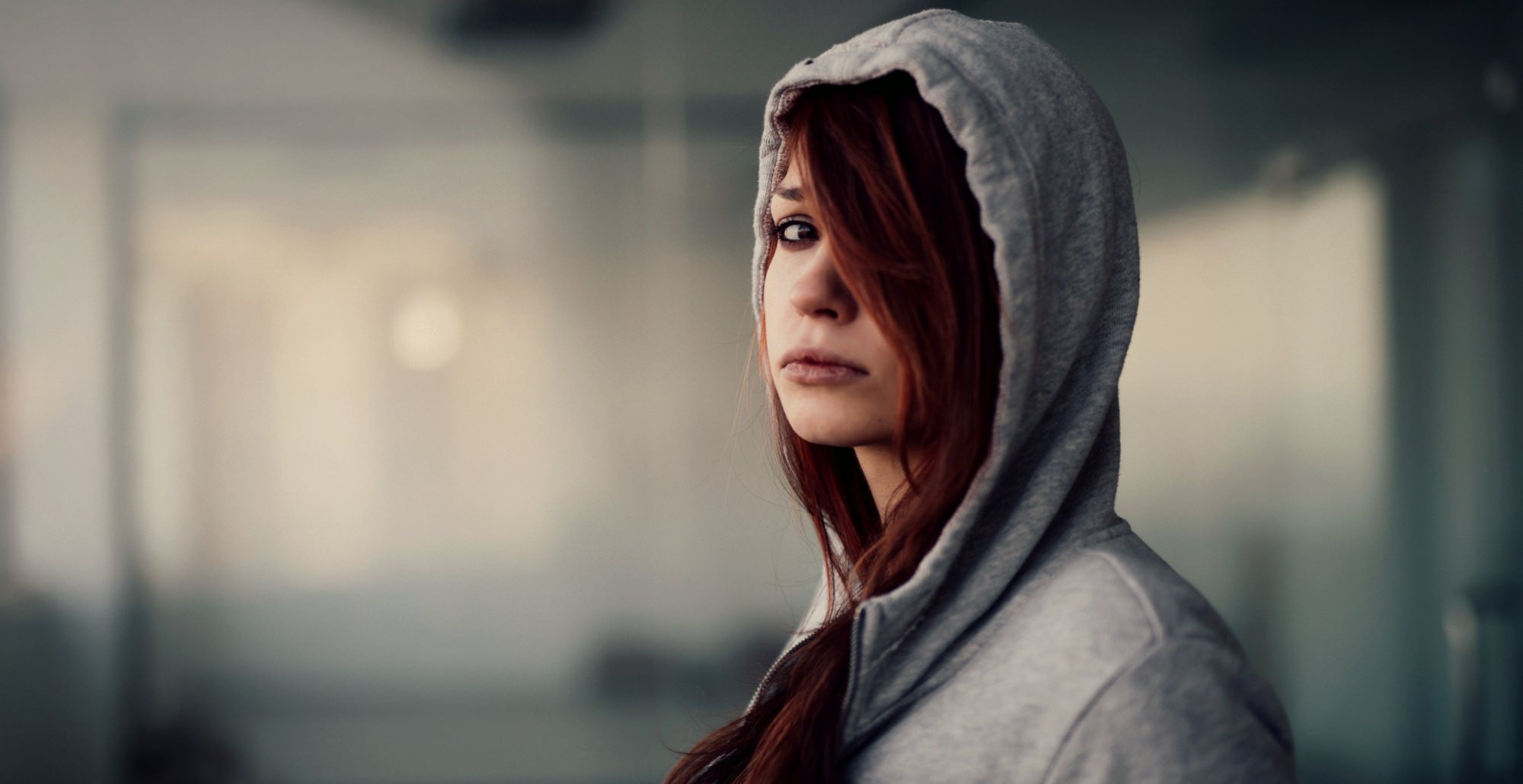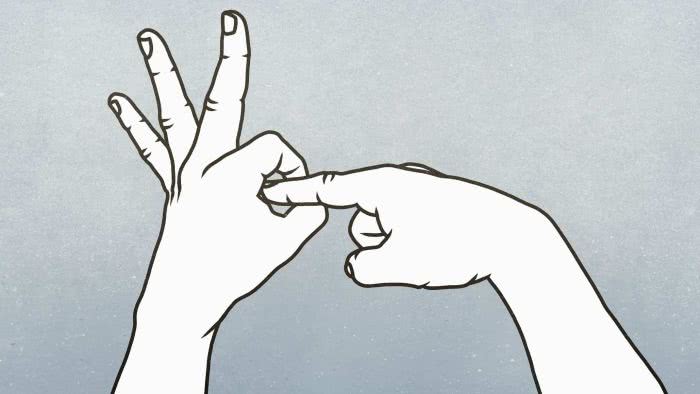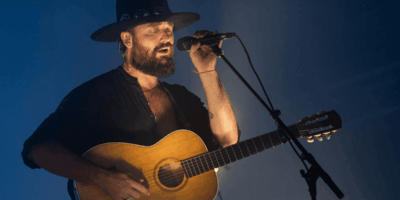triple j’s Hack program recently wrapped up Porn Week, a series of investigations into what type of pornography their listeners are consuming, the ethics of the industry and how porn can positively effect your relationship with your spouse.
I want to make it clear that I don’t think there is anything wrong with Hack, nor the topic of pornography as a feature. All five episodes were thoroughly interesting and well investigated, providing some fascinating insight into the taboo that is pornography.
What was troubling, however, was the lack of coverage given to concerns many experts have about the supposed link between pornography and sexual violence.
Given the wealth of research readily available on the topic, as well as the (admirable) push by the ABC to promote women and queer equality, respect and opportunity, it was concerning to listen to a series of stories that broached the subject of pornography in a somewhat playful manner (especially given the tone of the advertisements done about the subject by both the drive and breakfast teams’ during the week), with barely a word given to the concerning relationship between sexual violence and pornography.
This is not to say that anyone who watches porn is likely to commit sexual and domestic violence towards a partner. However, there are some facts that are worth diving into about the industry and attitudes towards it.

Pornography has become increasingly violent
A general consensus is that there has been an increase in sexually violent material in the world of pornography in recent decades. Kathleen Barry notes in Female Sexual Slavery that since the 1970s, “The most prevalent theme in pornography is one of utter contempt for women… (who) are raped, ejaculated on, urinated on, anally penetrated, beaten, and, with the advent of snuff films, murdered in an orgy of pleasure.”
Andrea Dworkin went further in her 1981 essay Men Possessing Women; A Reassessment, noting that even in an era where videos were not as readily available as today, pornography often depicted “real women [being] tied up, stretched, hanged, fucked, gang-banged, whipped, beaten, and begging for more.”
More recently, research has found that some of the most searched for keywords in filters on adult websites include “facial abuse”, “teen crying”, and “extreme brutal gang bang.”
Di McCleod, director at the Gold Coast Centre Against Sexual Violence, recently revealed to community stakeholders that “pornography is clearly influencing sexual expectations and practices between intimate partners, so that the correlation between pornography, rape, and domestic violence can no longer be ignored.”
Mrs McCleod cited a 56% increase in referrals from emergency departments to the centre over the past 5 years, noting that when she talks to clients “sometimes the sexual violence is committed by a just-met partner, but in cases where the woman has knowledge of the offender’s habits she has often identified that the offender is a regular consumer of pornography.”
You can read more about the increasing issue of porn and domestic violence, via the Gold Coast Bulletin.
Di McCleod, speaking out against the impact of pornography
It has terrible effects for the young and vulnerable
A recent survey by Plan Australia, which interviewed a random selection of women between the ages of 15-19, found that 58% of girls often received uninvited or unwanted indecent or sexually explicit material, with 51% admitting they often pressured to take ‘sexy’ pictures of themselves and share them, and 81% believing this to be unacceptable.
Dr Michael Flood, from the University of Wollongong, published even more chilling facts about the impact of porn on teenagers, noting that “in a study of Canadian teenagers with an average age of 14, there was a correlation between boys’ frequent consumption of pornography and their agreement with the idea that it is acceptable to hold a girl down and for her to have sex.”
Further international studies have thrown up troubling results, with a 2011 US survey giving the astonishing note that “adolescents who are intentionally exposed to violent sexually explicit material were six times more likely to be sexually aggressive than those who were not exposed.”
Things don’t age well
Perhaps the most worrying statistic of them all was the recent findings from the Barna Group. In a survey of 1,188 adults, “46% of those who consume porn replied that images of ‘sexual acts that may be forced or painful’ are not ‘wrong.’”
Yep.
One way to view this data would be to say that one in two people think that it’s wrong to view pornography that depicts pain and suffering. But nearly half of consumers surveyed replied that they felt it wasn’t necessarily wrong – a heinous statistic if it can be relied upon in light of the fact that Australia is the ninth highest pornography consuming nation in the world.
READ: “I quit watching porn, and this is what happened to my brain”
So, what did triple j get wrong?
As noted earlier, there is nothing inherently wrong with reporting on the subject, nor investigating and surveying Australians about their late-night viewing habits.
However, the lack of conversation had about the sheer amount of violent material (as well as its popularity) was confusing at least, and woefully ignorant at worst.
Despite warnings from researchers and even police on the subject, minimal mention was made about the way millions of people are depicted in porn, as well as the habits of Australians towards viewing said acts, which in many cases could be prosecuted against as both sexual violence and rape.
Given the information presented in the past about how pornography can be helpful for partner intimacy, it’s not hard to also draw a conclusion from the research about how pornography can be destructive for a relationship.
In a recently published article on the Triple j website, an anonymous woman was quoted saying that “The [porn] I tend to watch is very male-dominant, has a helpless female aspect, choking, strangers being pushed up against walls, being hit, girls being taken advantage of.
“The ideal porno for me would be a stranger, someone older and bigger, terrifying the girl, having his way with her.”
The article went on to note that “experts say whatever your kink, there’s nothing to be ashamed of.”
Far from shame, the statistics about sexual violence playing out in real life, and the constant denominator of pornography in this issue, in addition to the dismissive attitudes of some workers towards such material, is something to be extremely concerned and worried about.
With porn week focusing on a seeming “normalisation” of viewing such materials, passing them off as other people’s “thing” that we shouldn’t judge, it would appear that the station has missed the bigger issue, wreaking havoc on the lives of millions every week.
With the recent #MeToo movement, and bigger issues, such as the rape and murder of Eurydice Dixon in Melbourne recently (co-incidentally the offender viewed violent porn both before and after the attack) it was bizarre not to have the issue explored with more depth.
Watching porn does not create rapists. However, rape porn is one of the biggest trends and plays a role in an increasing majority of sexual and domestic violence cases. You be the judge.



































